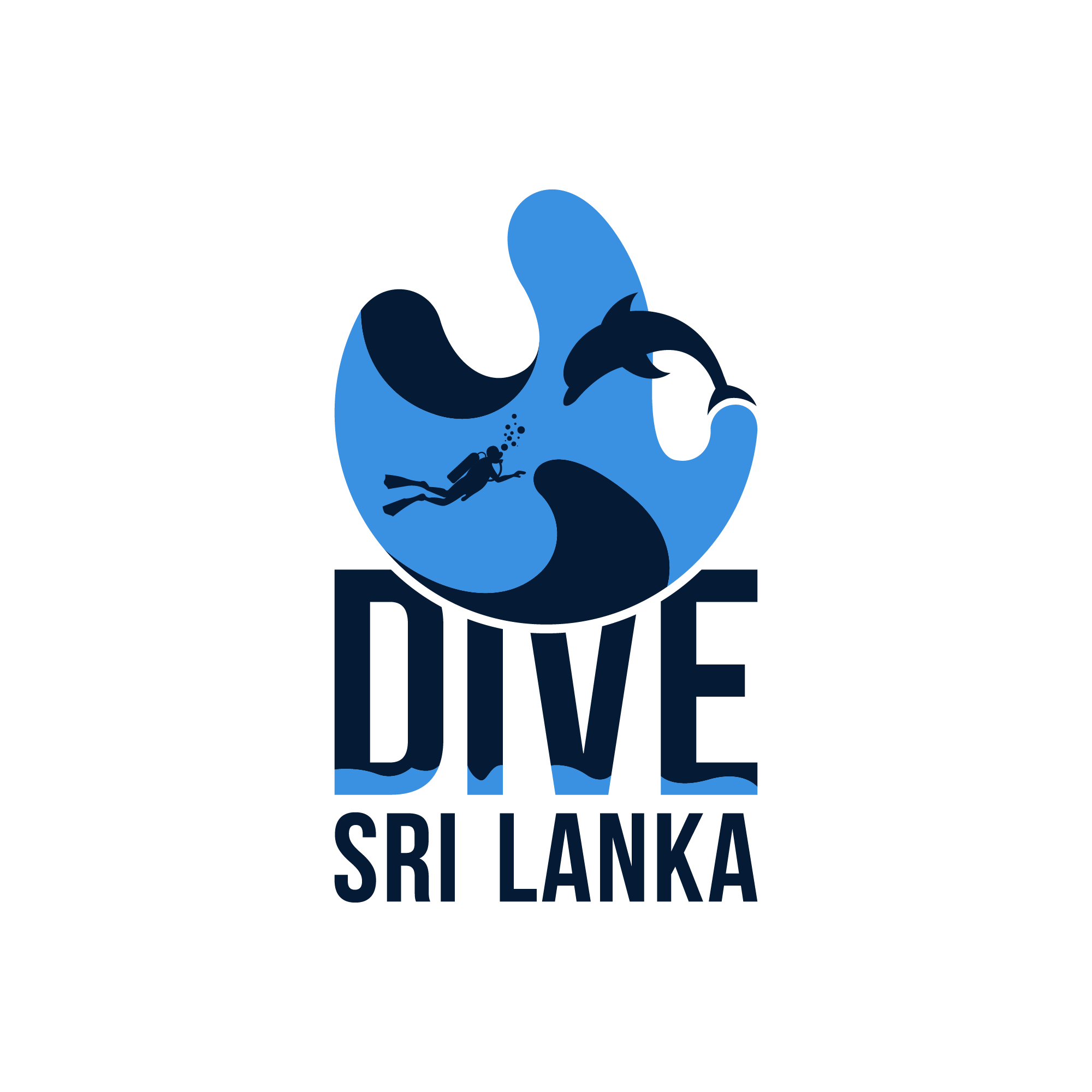

What comes first on to your mind when you hear the word Black Coral Wreck?
Black coral wrecks are harder to see. You can catch one of the most glorious views of these if you visit the Black coral Reef in the Colombo diving site situated 30 minutes from the Katunayake International Airport. These types of coral give a vast black surrounding to the ocean.
Undoubtedly, Colombo has the best selection of wreck diving locations. Fourteen accidents, although the first wreck you come across, Thermopylae Sierra, begins (deck) at around 10 meters, the shallowest one is about 25 meters. But after that, nearly every other one is 25 meters or deeper.
The shallow locations in the south are scarce and severely decrepit. Ones in Colombo are surprisingly well-visited and far better preserved, such as THE Black Coral Wreck in Colombo, which is about 45m deep in the Colombo waters.
As you move lower down the line, you begin to notice a shadowy lump that is a cargo freighter's superstructure like a big black monstrous shadow. But as you approach closer, you will identify the peculiar yellow mass off in the distance when you see that it is a school of hundreds of blue-striped snappers hanging out near the bow of the wreck. This black wreck contains a depth of 40 meters; only certified Deep Divers with experience may dive here. The wreck is covered with enormous black corals and draws a lot of marine life despite its small size.
And if you look attentively, you'll notice many forms of macro life, including several types of infamous black corals swaying to the rhythm of ocean currents. Oh, and don't forget to occasionally look up because whale sharks might be passing by (maybe not as frequently as we'd want, which is every dive, but frequently enough for you to wonder if you're lucky).
The Indo-Pacific and Southeast Atlantic are the habitats of the blue-lined snapper. Its geographical span reaches the Marquesas and Line islands from East Africa and the Red Sea. The waters off southern Japan are home to the most northern species, while the waters near Australia's coast are home to the most southern examples. South African waters have Blueline Snappers, which are found in the Southeast Atlantic. This species' range covers the latitudes of 35°N to 35°S and 31°E to 134°W.
Man has spread the Blueline Snapper to new areas, such as Hawaii, where it was introduced as a food fish in the 1950s. The Blueline Snapper lives on coral reefs and is found in shallow lagoons and on the outer slopes of the reef. It can go very deep, with a depth range of 3-265 meters (10-870 ft). Young animals occupy seagrass beds close to patch reefs.
The Blueline Snapper spends the daytime in huge groups among coral structures, wrecks, caves and lives in schools.
A recognized wreck with substantial black coral trees can be seen in these black coral wrecks—a modest but intriguing location with vibrant aquatic life. Expect to see several lionfish, big angelfish, and schools of snappers. Nearby, giant stingrays frequently hang out on the beach. Due to depth and currents, a deep location should only be dived by experienced divers.
There has been discussion regarding what to do with ships when their useful lives are over in many regions of the world. When it comes to ships, there is disagreement about whether they can and should be adequately deconstructed, their harmful chemicals removed, and their recyclable materials reused as part of a "circular economy."
Such choices should not be made lightly, and a growing body of scientific data shows that many well-intentioned actions around the world have unexpected repercussions.
In a few well-planned projects, artificial reefs made of massive industrial structures and old boats have been built in a number of once highly polluted industrial sites to serve as habitats for fish populations. But just because there is some biological growth doesn't necessarily indicate there is a revival.
It might signal the beginning of something much deadlier. Whether you enjoy wrecks—and who doesn't?—or not, These sites provide something for everyone, whether you're interested in wrecks or simply marine life. Oh, and there are also some conventional reefs here.